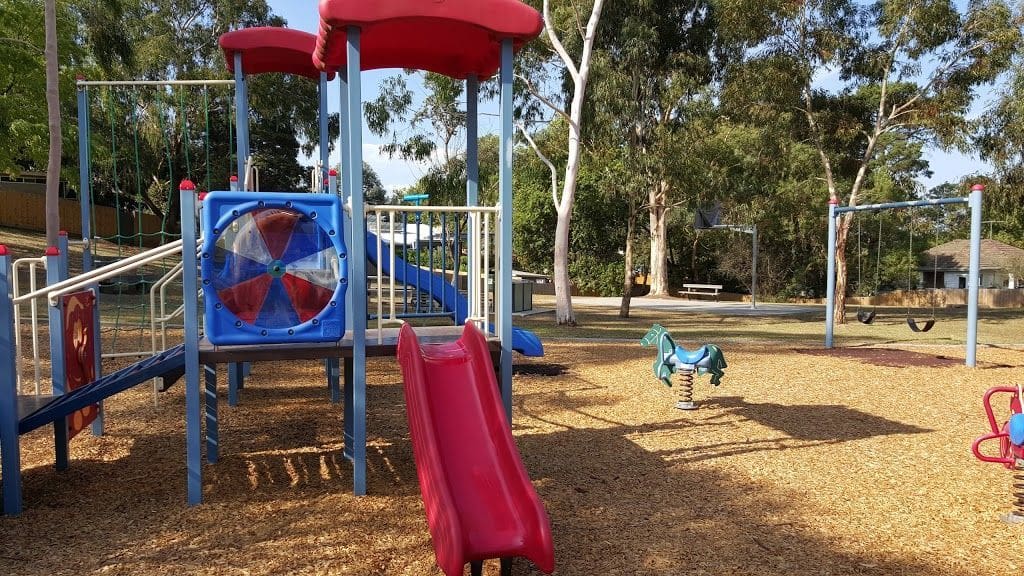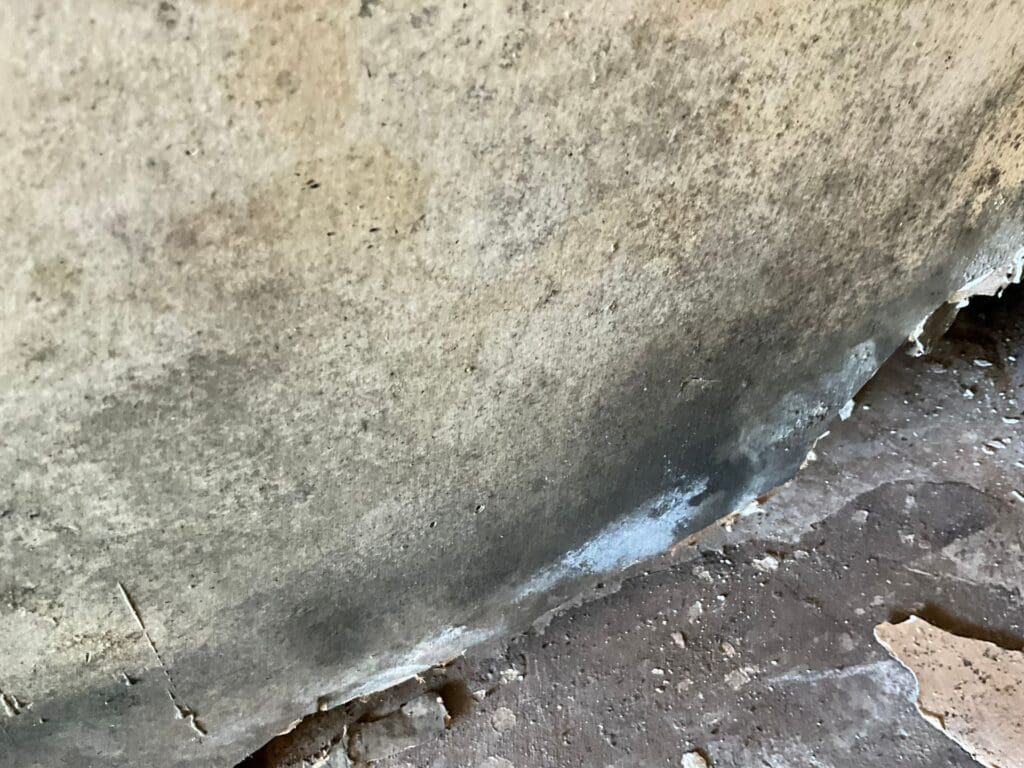Risk Management for Asbestos, Part 1: Chrysotile Asbestos

Asbestos has long been recognized as a significant health hazard, linked to severe diseases such as lung cancer, mesothelioma, ovarian cancer, and laryngeal cancer. In March 2024, the Environmental Protection Agency (EPA) took a historic step by announcing a ban on the ongoing uses of chrysotile asbestos to protect public health.
EPA’s Final Rule on Chrysotile Asbestos
Chrysotile, also known as white asbestos, is the most commonly encountered form of asbestos, accounting for approximately 95% of the asbestos used in the United States. The EPA’s final rule marks a significant milestone in the regulation of asbestos, particularly chrysotile asbestos, the only known form currently used or imported into the United States. This action is part of the Biden-Harris Administration’s broader efforts to advance the Cancer Moonshot initiative, aiming to reduce cancer rates and improve public health.
Compliance Deadlines and Transition Periods Away from Chrysotile
The EPA has set various compliance deadlines to transition away from each use of chrysotile asbestos, balancing the need for public safety with practical transition periods required by law. Key points include:
- Immediate Ban on Chlor-Alkali Use: The import of asbestos for chlor-alkali use is banned immediately. The eight remaining facilities using asbestos must transition to non-asbestos diaphragms or membrane technology. Six of these facilities are expected to complete the transition within five years, with the remaining two following shortly after1.
- Conversion Timelines: Converting facilities from asbestos-containing diaphragms to non-asbestos alternatives involves extensive construction, additional permits, and specialized expertise. The EPA has determined a reasonable transition time of five years for the first facility, eight years for the second, and twelve years for the third, provided companies certify their progress1.
Additional Bans and Safety Measures
The final rule also includes several other critical measures:
- Sheet Gaskets: Most asbestos-containing sheet gaskets are banned two years after the rule’s effective date, with specific phase-outs for gaskets used in titanium dioxide production and nuclear material processing1.
- Oilfield and Automotive Products: The use of asbestos in oilfield brake blocks, aftermarket automotive brakes and linings, and other vehicle friction products is banned six months after the rule’s effective date1.
- Workplace Safety: The EPA mandates strict workplace safety measures during phaseout periods longer than two years to protect workers from asbestos exposure. Proper disposal of asbestos, in line with industry standards and regulatory requirements, is also enforced1.
EPA’s Risk Evaluation and Public Involvement
The EPA completed the final TSCA risk evaluation for chrysotile asbestos in December 2020, determining unreasonable risks to workers, consumers, and bystanders for all ongoing uses. Following this, a proposed risk management rule was introduced in April 2022, with additional data released for public comment in March 2023.
Recent Developments: Part 2 of the EPA’s Asbestos Evaluation
In November 2024, the EPA released Part 2 of its asbestos evaluation, focusing on legacy uses and associated disposal risks. This evaluation expands beyond chrysotile asbestos to include five additional asbestos fiber types: crocidolite, amosite, anthophyllite, tremolite, and actinolite, as well as asbestos-containing talc. Key findings from Part 2 include:
- Legacy Uses and Disposal: The evaluation highlights that legacy uses of asbestos, such as in older building materials (e.g., floor and ceiling tiles, pipe wraps, insulation), continue to pose significant health risks when disturbed.
- Unreasonable Risks: The EPA determined that disturbing and handling asbestos associated with legacy uses and disposal poses unreasonable risks to human health.
- Implications for Asbestos Testing: This expanded evaluation underscores the importance of comprehensive asbestos testing, especially in older buildings and materials. It highlights the need for ongoing vigilance and testing to identify and mitigate asbestos exposure risks.
The EPA’s actions represent a significant advancement in protecting public health from the dangers of asbestos. By implementing these bans and safety measures, the agency aims to reduce the incidence of asbestos-related diseases and ensure a safer environment for all. The recent findings from Part 2 of the EPA’s asbestos evaluation further emphasize the critical need for thorough asbestos testing and management, particularly concerning legacy uses and disposal.
Asbestos Inspection Experts
If you need nationwide certified experts to determine whether you have Chrysotile Asbestos, contact EnviroPro 360 today for an asbestos assessment. We’re able to perform asbestos testing across many areas of Georgia, including Augusta, Evans, Harlem, Appling, Greensboro, Grovetown, Hephzibah, Statesboro, Washington, Waynesboro, and more. EnviroPro 360 also serves South Carolina including Columbia, North Augusta, Aiken, Beech Island, Charleston, Edgefield, Lexington, Saluda, and Orangeburg.


